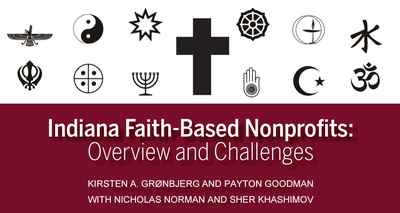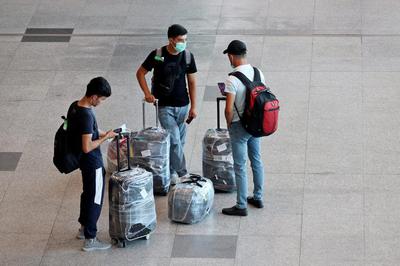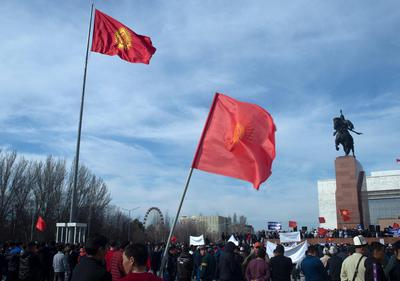
Indiana Faith-Based Nonprofits – Overview and Challenges
In this report, we examine the landscape of religious and charitable nonprofits in Indiana. We focus primarily on differences among three types of nonprofits – congregations, other faith-based nonprofits, and secular comparison charities. We aim to answer several important questions about religious congregations and other faith-based nonprofits. We first consider whether and how they vary in terms of basic organizational dimensions – age, size, formalization, access to information technology, funding profile, and location. Next, we consider financial dimensions- change in revenue and expenses. We then explore human resource dimensions – whether they have an executive director, number of volunteers, importance of volunteers, number of board members, and number of board vacancies.




